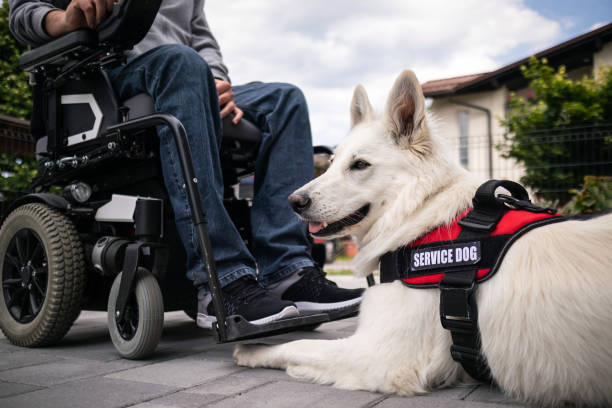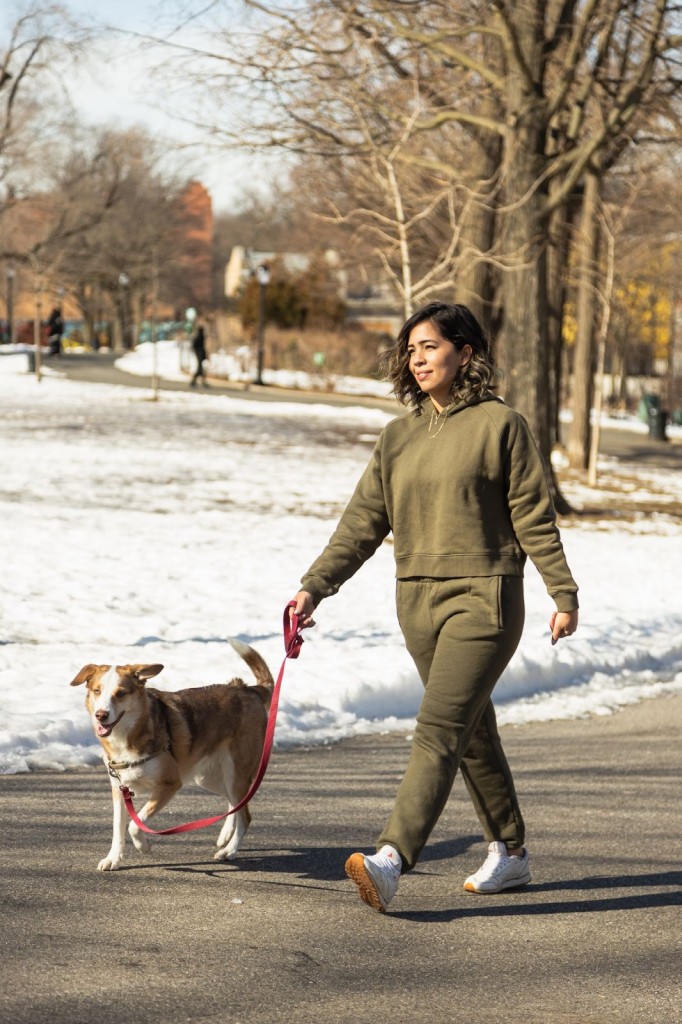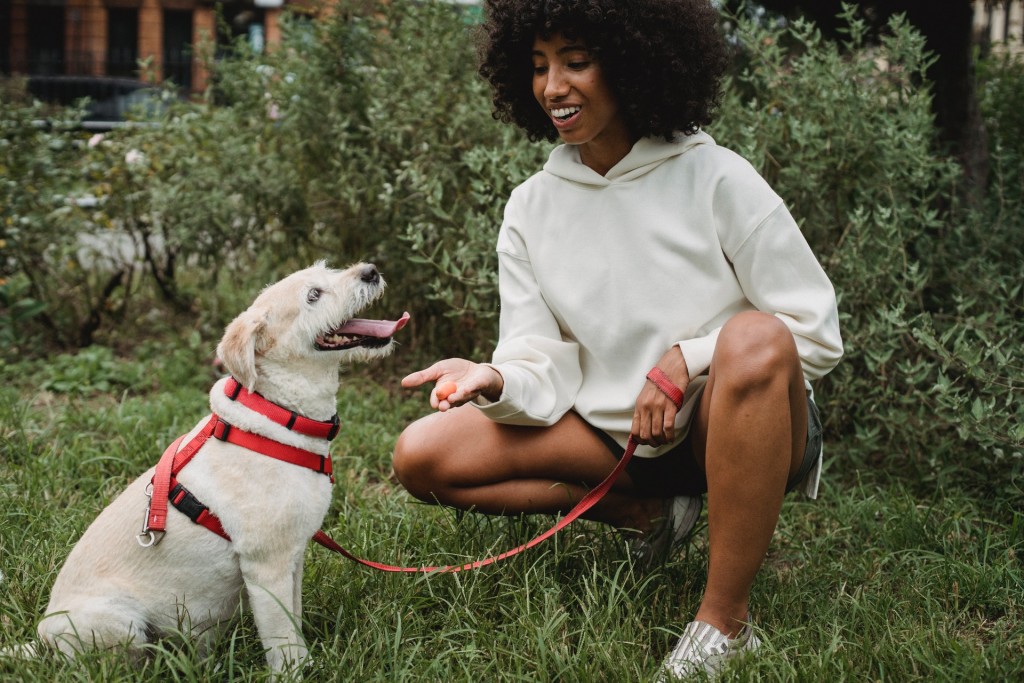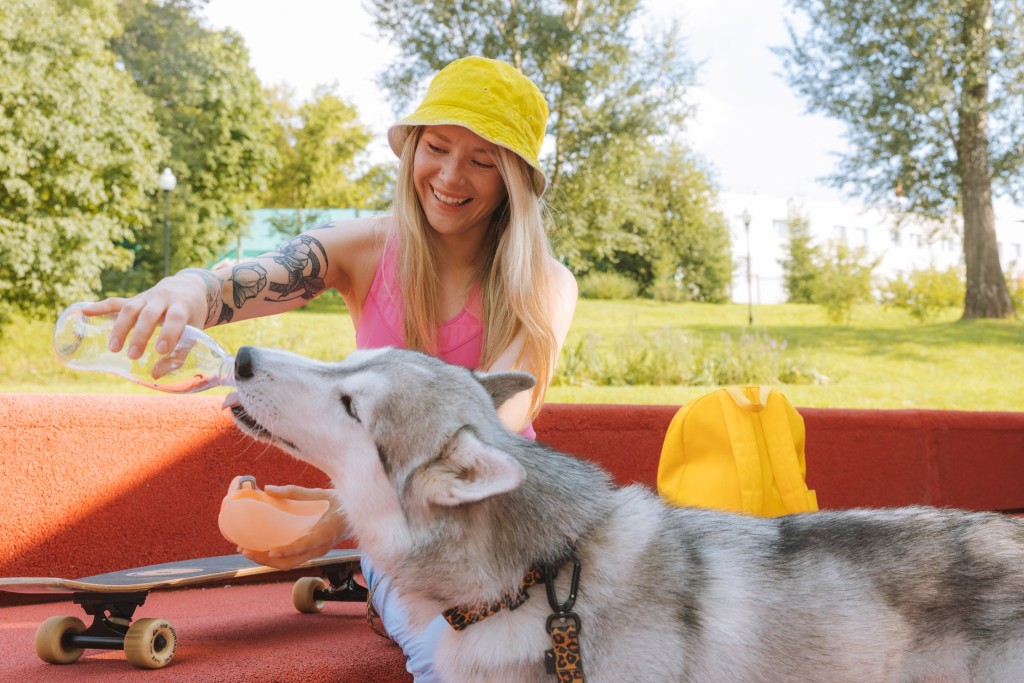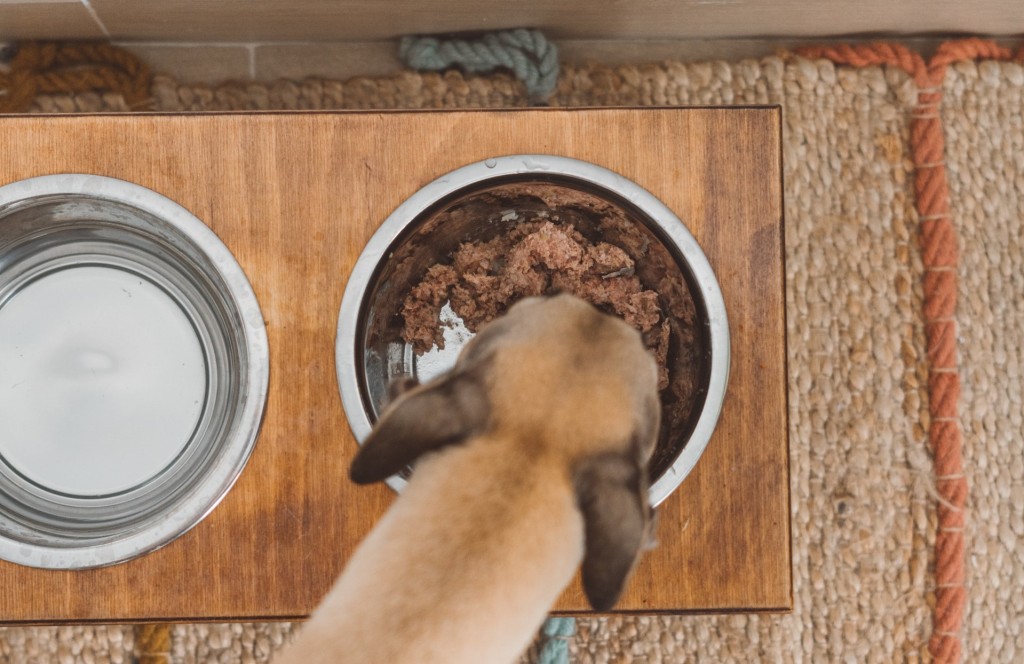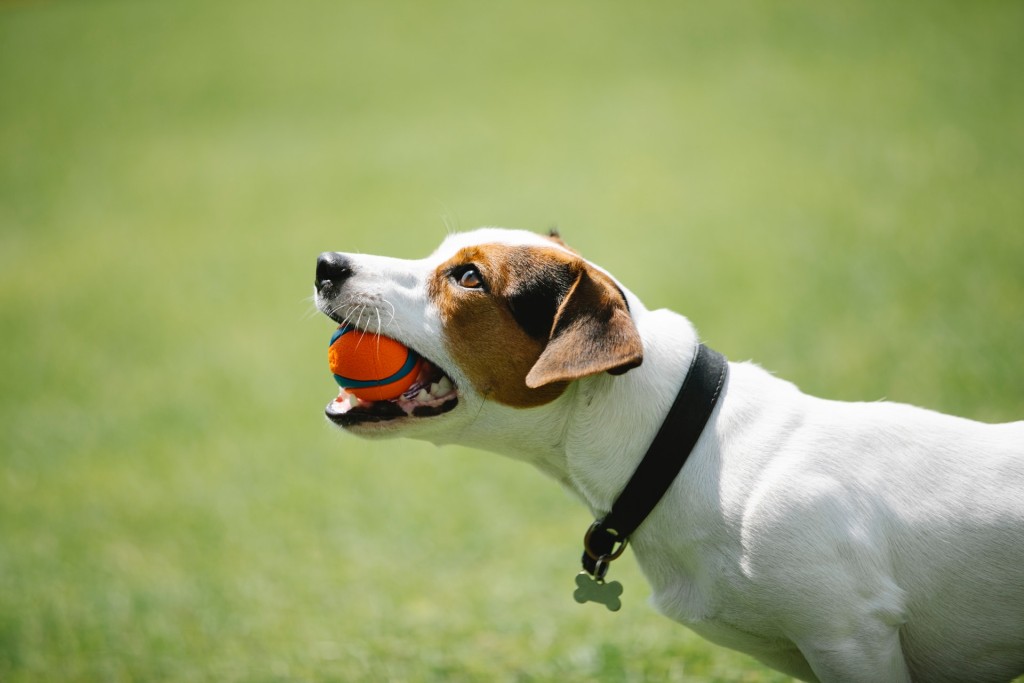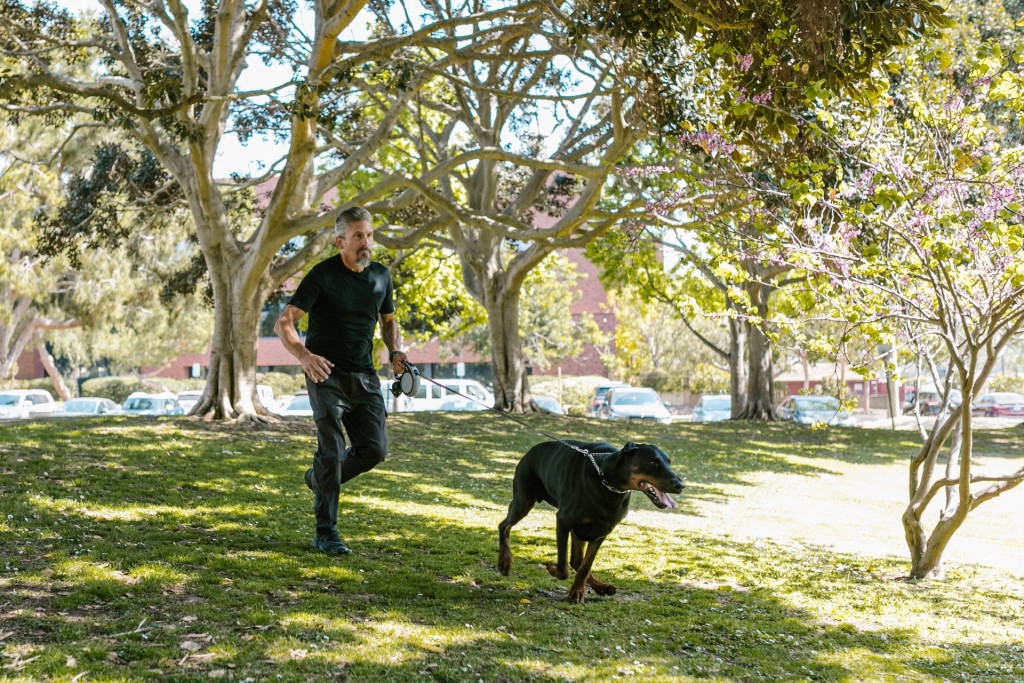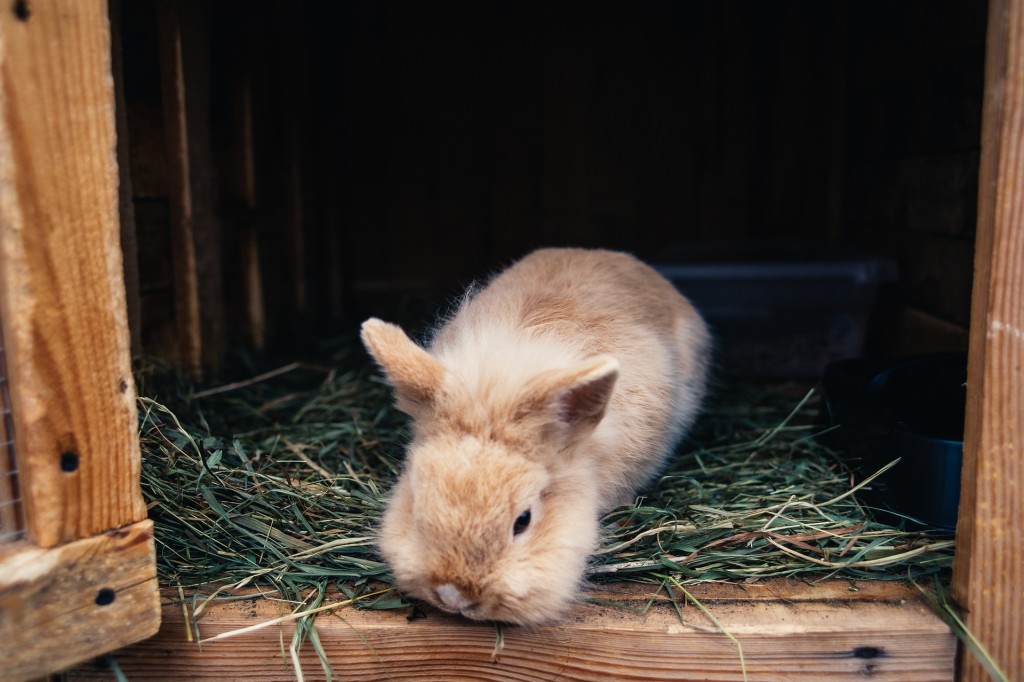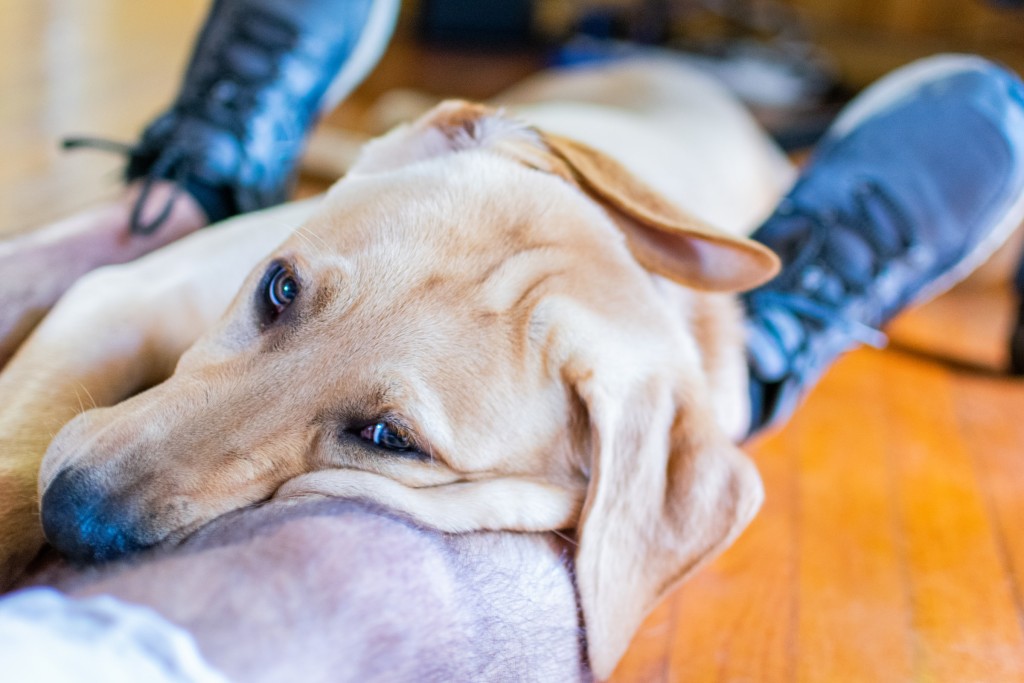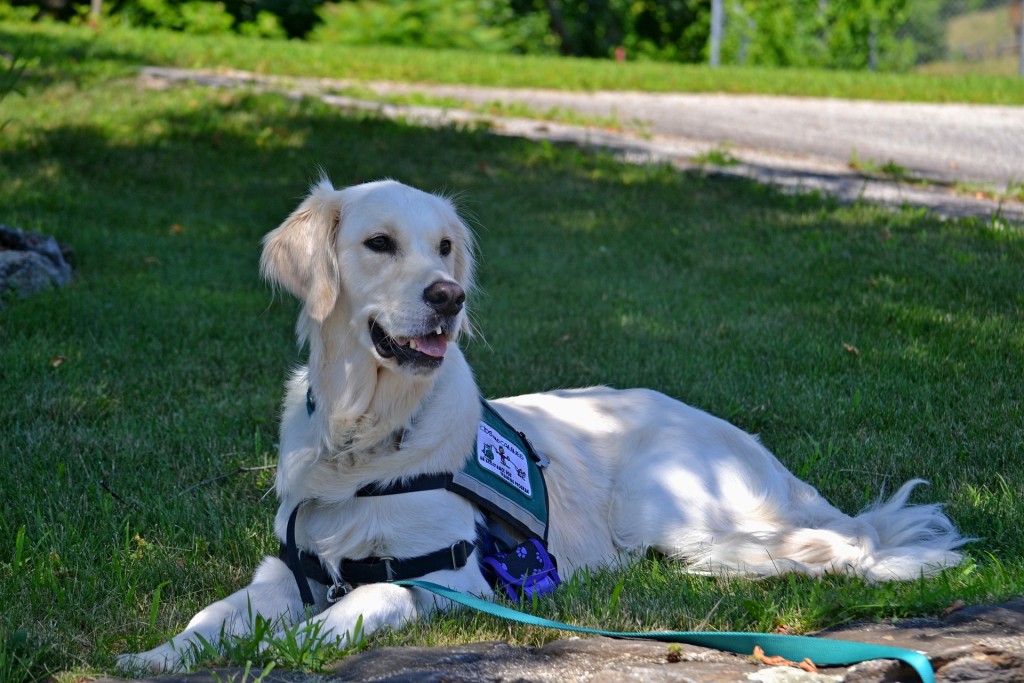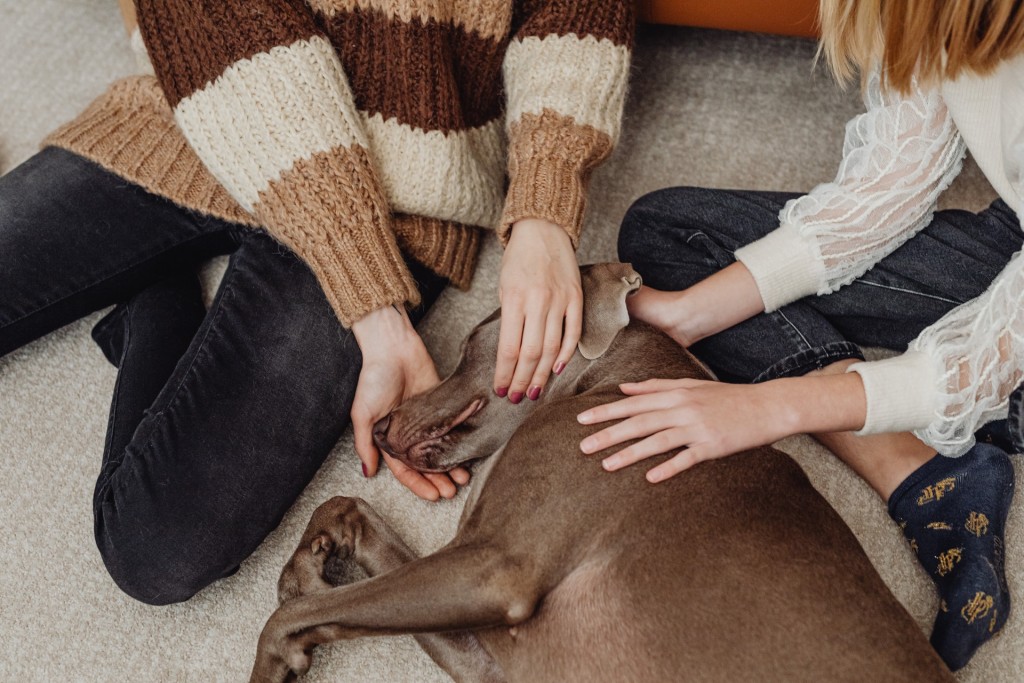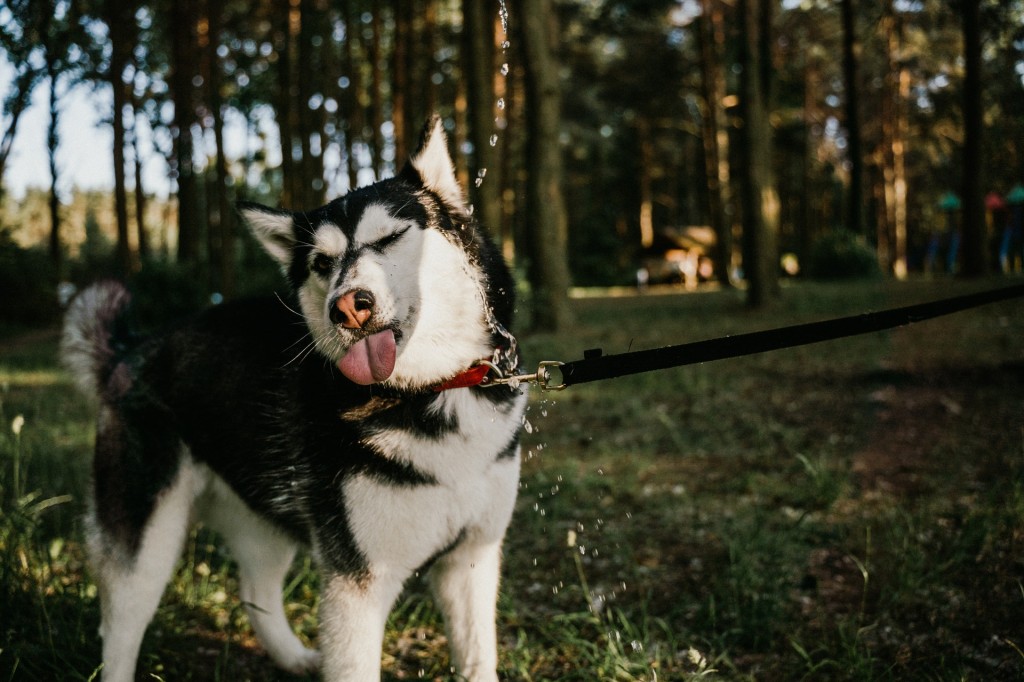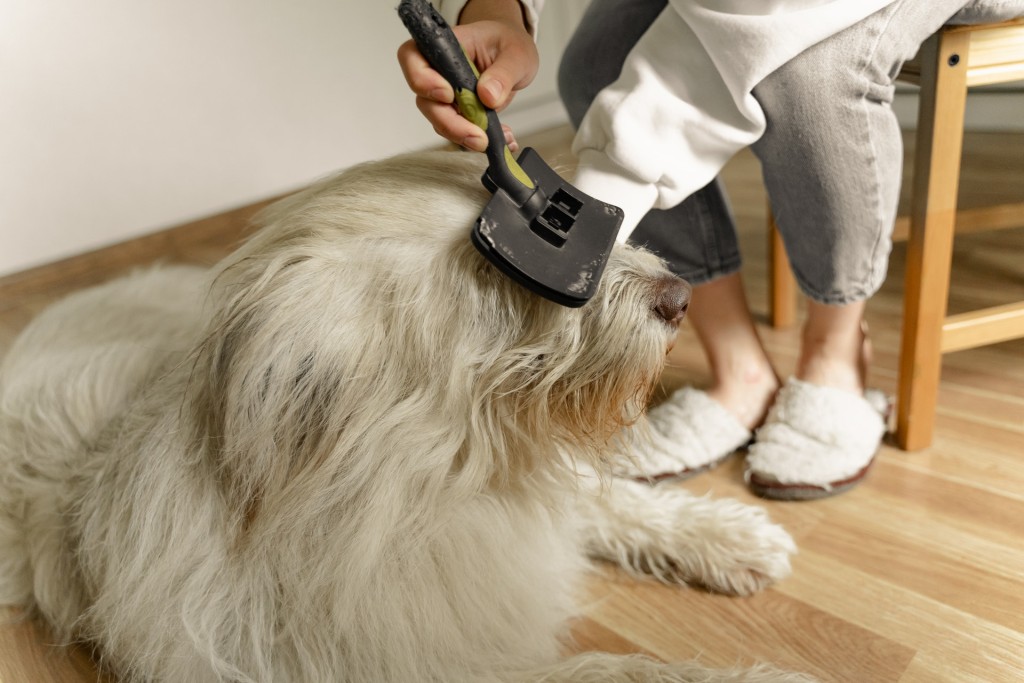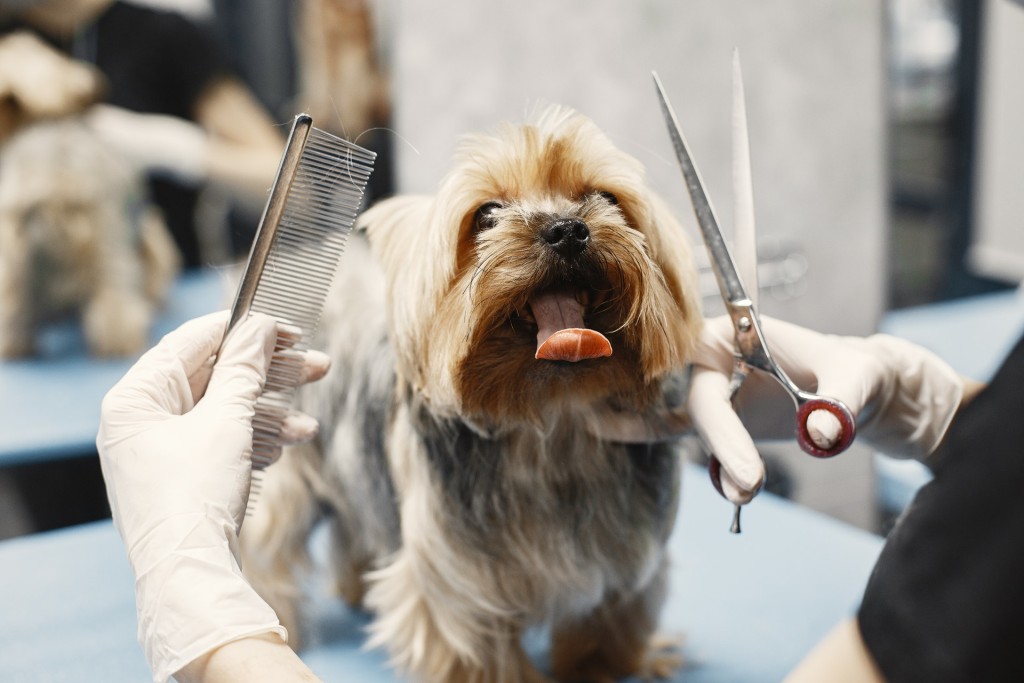They say a dog is man’s best friend. Through the years, many have proven it to be true. When getting a dog, regardless if it’s a puppy or an adult, he must have some obedience training — more so with service dogs. These dogs help disabled people live more independent lives. Service dogs are valuable helpmates and companions to over 80 million Americans.
Service dogs undergo training to do a specific task to assist a person with a disability. They’re usually German Shepherds, Labradors, and Golden Retrievers. These kinds of dogs are not only pets but are also working animals. A person who wants to train his service dog must start with house training. Next, they should socialize the dog to remain on task despite unfamiliar people, places, sounds, and other animals.
In this article, you’ll learn how to make your service dog obey your instructions and ignore distractions. Read on to find out the best commands you can teach your dog and keep him well-behaved.
1. Teach Your Dog’s Name
A service dog should at least know and be able to respond to his name. You should train your dog to be familiar with his name once called. This gets his attention whenever you need assistance.
2. Teach Your Dog to Make Eye Contact
It is vital to train a service dog to look at you, focus on the command, and avoid distractions. For example, you can say “Watch me” and make eye contact.
3. Teach Your Dog to Sit
Let your service dog understand how to “sit” before asking him to “sit!”. Usually, to sit means stay. Command your dog to sit or stay when in public or not interacting.
4. Teach Your Dog to Lie Down
Teach your dog to put his entire body down on the floor. Saying “down” also means staying in position until released. The service dog should be able to distinguish sitting from lying down.
5. Teach Your Dog to position on your side
Teach your service dog to move from any position into a “heel” command. This technique is to avoid the dog dragging you while walking. You should be able to teach your dog this command to calmly walk beside you and stop walking when you say so. The dog can practice this through a reward system. Reinforce obedience and correct behaviors like running or dragging you.
6. Teach Your Dog to Come When Called
This command is non-negotiable. The “come” command is a must for all dogs. Regardless of the distraction present, your service dog should be able to come toward you whenever called. Learning this will keep your dog safe.
7. Teach Your Dog to Leave Things When Asked
The service dog must be able to avoid things you don’t want him to have. You train this command using a combination of impulse control and avoidance. This command means moving his head away from whatever he is touching and having eye contact with you.
Conclusion
These are just some of the many commands you can teach your service dog. All of them will help keep your dog well-behaved and safe all the time. Generally, dogs play a vital role in our lives. They can follow orders, work with us using their unique abilities, and are faithful companions in our day-to-day lives. While training your dog can make them a reliable assistant, treating them with love and care can also give you a best friend whom you can treasure for life.
Do you own an assistance animal? Register your pet today.
The Service Animal Registry of California invites you to have your assistance animal registered in order to designate its status. We also encourage you to take our online classes so you can be fully aware of your rights and gain more knowledge about your support animal.
Finally, we present to you our book entitled, “ASSISTANCE ANIMAL LAWS: LEARN YOUR RIGHTS REGARDING SERVICE ANIMALS, EMOTIONAL SUPPORT ANIMALS, THERAPY PETS, AND OTHER DOGS, CATS, AND ASSISTANCE ANIMALS” to provide you with a complete education on assistance animals.
Purchase your copy of the book by clicking the image below.

